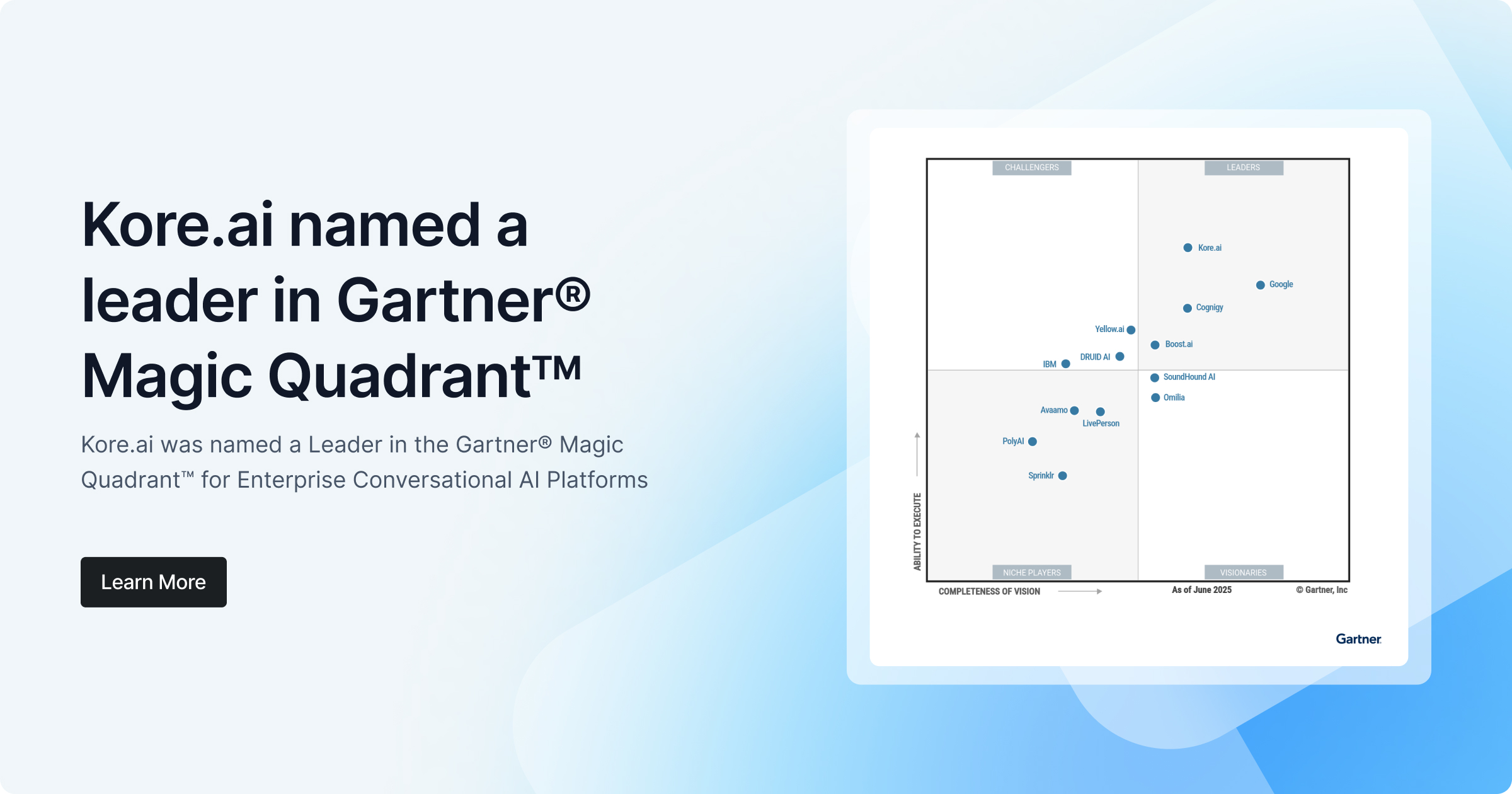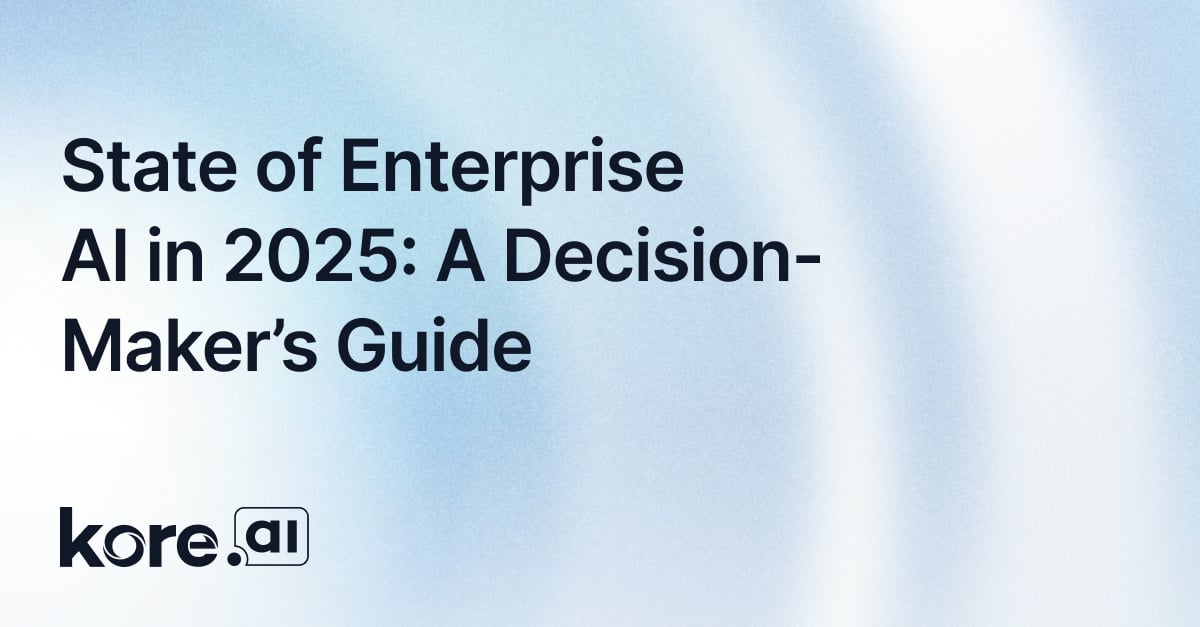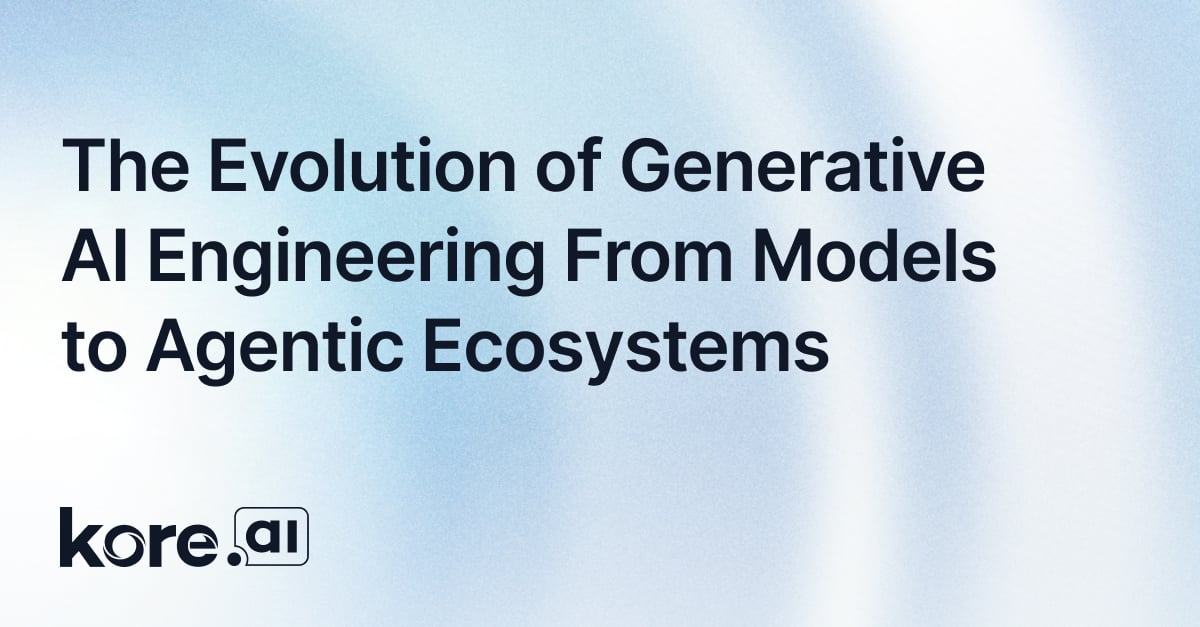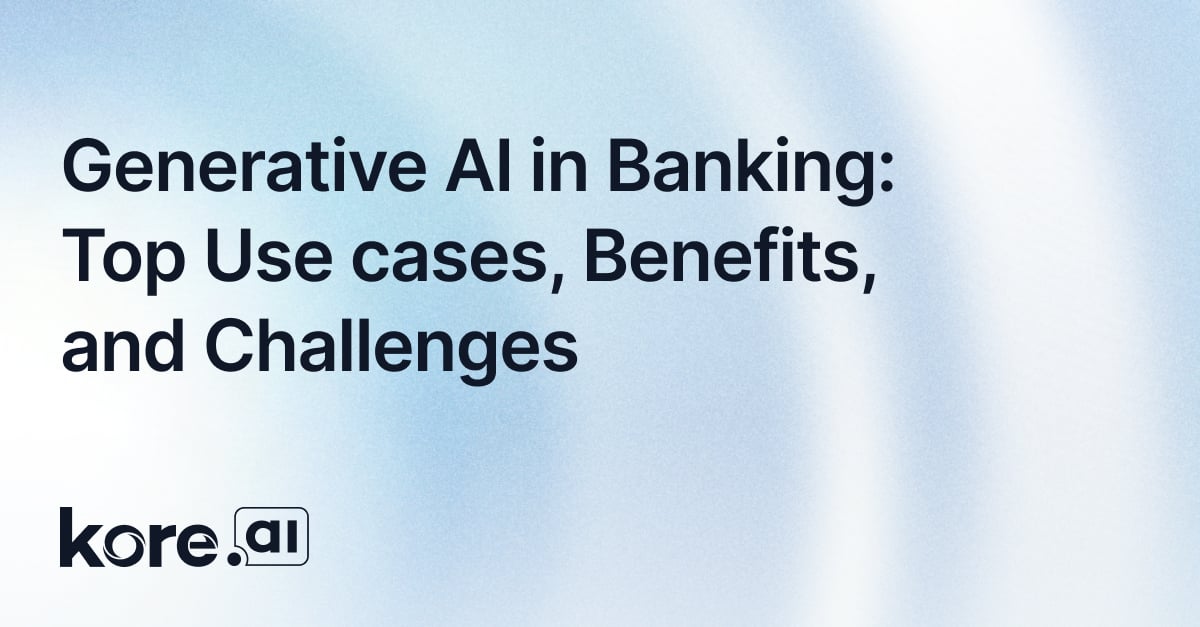AI agents are rapidly becoming the driving force behind intelligent enterprise workflow automationfrom processing customer inquiries to orchestrating multi-step business processes with multi-agent orchestration. But as these AI agents take on more responsibilities, their performance becomes tightly coupled with how fast they can retrieve and act on data across enterprise systems.
That’s why Parallel Execution is a game-changer. Introduced in the Kore.ai Agent Platform’s Tool Builder, this capability allows AI agents to perform multiple tasks simultaneously with tools, instead of executing each step in sequence. The result? Faster, smarter, and more efficient agents that respond in real timeand at enterprise scale.
The Problem with Sequential Execution
Before Parallel Execution, AI agents were limited by a sequential task model. Let’s say an agent needs to fetch information about a userbasic profile details from Salesforce, purchase history from your CRM, and support tickets from a helpdesk system. In the traditional workflow design, the agent would be forced to wait for the first fetch to complete before starting the second, and so on.
Each step might take 5 seconds, resulting in a 15-second delay before the agent can take the next action. This latency directly impacts user experience and undermines the promise of real-time AI-driven assistance.
What Is Parallel Execution in AI Agents?
Parallel Execution solves this bottleneck by enabling AI agents to launch independent tasks concurrently. As soon as the required inputlike a user IDis available, the agent can leverage tools to trigger simultaneous data fetches from multiple systems without waiting for one to complete before starting the next.
Because these systems (e.g., Salesforce, CRM, and helpdesk) operate independently and have no dependencies on each other, the agent can query them simultaneously. Instead of 15 seconds of wait time, the agent receives all the necessary data in just 5–6 seconds on averagethe time it takes for the longest of the parallel requests to resolve.
This fundamental shift in execution dramatically boosts the performance of AI agents. They not only retrieve information faster but also act on it more quickly, leading to smarter decisions and more fluid conversations or processes. It’s not just fasterit’s operational intelligence at scale.
Parallel Execution Example: AI Agent in Customer Service
Picture a virtual customer service agent designed to assist users with personalized support. To be effective, the agent must understand the customer’s current status, recent purchases, and historical interactionsdata that lives across several backend systems.
With Parallel Execution, the agent instantly dispatches three parallel data requestsone to Salesforce for contact info, another to the CRM for transaction history, and a third to the helpdesk database for support logs. Within 5 seconds, the agent receives and synthesizes a full customer profile, allowing it to respond to the user quickly and accurately.
In contrast, a traditional agent working with sequential execution would take three times longer to gather the same informationdelaying the response, degrading the user experience, and potentially causing drop-off or frustration.
Parallel Execution unlocks a new level of responsiveness, empowering AI agents to deliver fast, personalized, and context-aware interactionswhether in customer service, sales, or internal operations. These customer service agents can be used in combination with AI for Service, a business solution to automate, personalize, and differentiate customer service interactions.
Key Benefits of Parallel Execution for AI Agents
Parallel Execution doesn't just make workflows fasterit makes AI agents smarter and more scalable. When agents can simultaneously gather, process, and act on data from multiple sources, the entire automation pipeline becomes more efficient.
It also helps reduce backend load and resource consumption by eliminating unnecessary wait times. AI agents that previously had to “wait in line” to perform tasks can now operate at their full potential, delivering real-time insights and actions across the enterprise.
How It Works in Kore.ai’s Tool Builder
The Kore.ai Agent Platform now supports the creation of independent workflow branches within its no-code Tool Builder. Each branch represents a task or action that doesn’t rely on others. When Parallel Execution is enabled, AI agents can initiate all these branches at the same time.
Once all branches complete, the platform intelligently converges the results, enabling the agent to proceed with the next stepswhether that’s presenting information to a user, making a decision, or triggering another system action. This kind of execution logic is essential for building powerful, context-aware agents that scale with enterprise complexity.
Why Parallel Execution is Critical for AI Workflow Automation
As enterprises scale their use of AI agents across departments and workflows, speed and efficiency are no longer nice-to-havesthey're mission-critical. Whether it’s reducing wait times in customer support, accelerating onboarding processes in HR, or enabling rapid decision-making in operations, responsiveness is directly tied to business outcomes.
Parallel Execution addresses one of the biggest friction points in AI workflow automation: latency from sequential processing. By eliminating the artificial delays between steps, Parallel Execution ensures that AI agents can operate with the speed and intelligence required in today’s always-on, multi-system enterprise environments.
Here’s why it matters:
- Real-Time Responsiveness: In scenarios where every second countslike routing support tickets, handling fraud alerts, or processing sales inquiriesParallel Execution helps agents respond almost instantly.
- Scalable Automation: As workflows grow more complex, with dozens of tools and systems involved, the ability to run tasks concurrently ensures performance doesn’t degrade with complexity.
- Better User Experience: Faster agents mean smoother, more natural conversations and processesleading to higher satisfaction, engagement, and retention.
- Increased Throughput: When agents complete tasks faster, you can handle more volume with the same infrastructurereducing operational costs while increasing capacity.
In short, Parallel Execution transforms AI agents from task runners into intelligent orchestratorscapable of navigating intricate enterprise ecosystems with speed, context, and precision. It’s a foundational capability for scaling AI-driven automation without compromising performance or user experience.
Want to see Parallel Execution in action? Request a demo or explore how the Kore.ai Agent Platform can transform the way your AI agents work.










